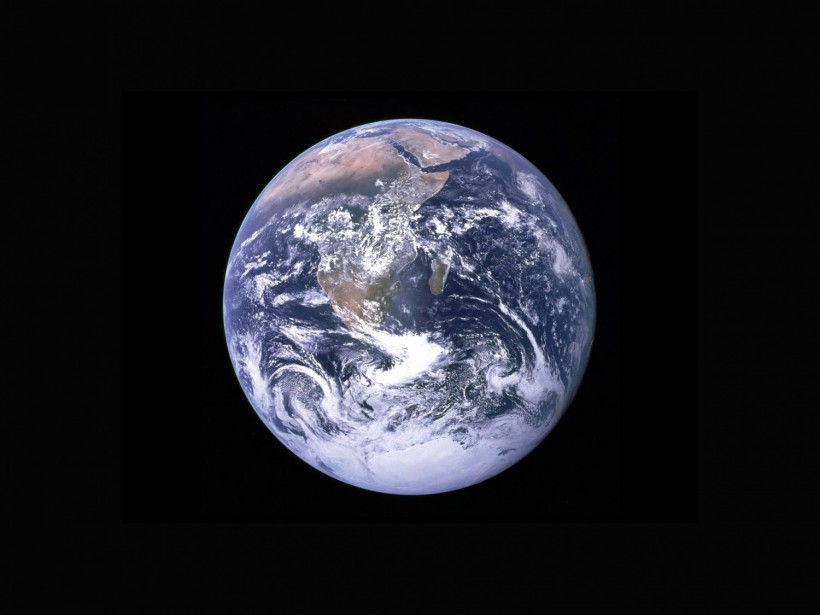A scientist found a hole in the ozone layer above the tropical regions, seven times larger than the hole over the Antarctic continent. Based on the findings, the newly discovered spot is sitting over the tropics and has been there since the 1980s.

View of the Earth as seen in apollo 17
New Ozone Layer Latest Discovery in Antarctica and the Tropics
The ozone hole is discovered in the lower stratosphere above the tropical region. It had a similar depth as the Antarctic ozone hole that appeared in the spring.
However, it is roughly seven times bigger than the first ozone hole discovered, according to the study titled "Observation of large and all-season ozone losses over the tropics," published in AIP Advances.
A scientist from the University of Waterloo in Ontario, Canada, Qing-Bin Lu, presented the hole to the other scientists. The scientists were surprised because the whole was not visible in the conventional photochemical model most researchers use.
Lu said that half of the world's population and the planet's surface area are covered by the tropics. The tropical ozone hole's presence could raise serious global concerns.
He added that ozone layer depletion could result in increased ground-level UV radiation. This UV level can weaken human immune systems and raise the risk of cataracts in skin cancer. It could also harm delicate aquatic creatures and ecosystems and reduce agricultural production.
The scientist also said that the scope of the new ozone hole was revealed by analyzing the average annual ozone changes. It could be determined through the changes in temperature and differences in annual ozone climatology over the past few decades.
Although the ozone hole does not appear in the conventional photochemical models, Lu's data matches the cosmic-ray-driven electron reaction (CRE) concept. The data strongly suggests that the same physical mechanism works for both Antarctic and tropical ozone holes.
According to preliminary reports, the equatorial regions are facing a threat of high depletion levels.
Lu and his colleagues originally proposed CRE about two decades ago. The latest discovery of the new ozone would add more information about it.
"The present discovery calls for further careful studies of ozone depletion, UV radiation change, increased cancer risks, and other negative effects on health and ecosystems in the tropical regions," Lu said.
ALSO READ: Ozone Depletion: Things Could Have Been Worse
Ozone Layer Depletion Progress on Earth
In the 1970s, scientists suggested that the primary contributor to ozone layer depletion was chlorofluorocarbons (CFC). In 1985, the Antarctic ozone hole appeared. The scientists revealed that CFC causes ozone depletion.
On Oct. 7, 2021, the size of the ozone hole peaked at 9.6 million square miles (24.8 million square kilometers), nearly the size of North America. It was the 13th largest ozone hole since 1979, according to NASA and NOAA, which confirmed it on Oct. 27.
The 2021 Antarctic ozone hole and whether it will be a huge record-breaking have been a hot topic of discussion.
"This is a large ozone hole because of the colder than average 2021 stratospheric conditions, and without a Montreal Protocol, it would have been much larger," said Paul Newman, chief scientist for Earth Sciences at NASA's Goddard Space Flight Center in Greenbelt, Maryland.
RELATED ARTICLE: Mesospheric Ozone Layer Depletion: What Role Does It Play in the Global Climate Change?
Check out more news and information on Environment in Science Times.














